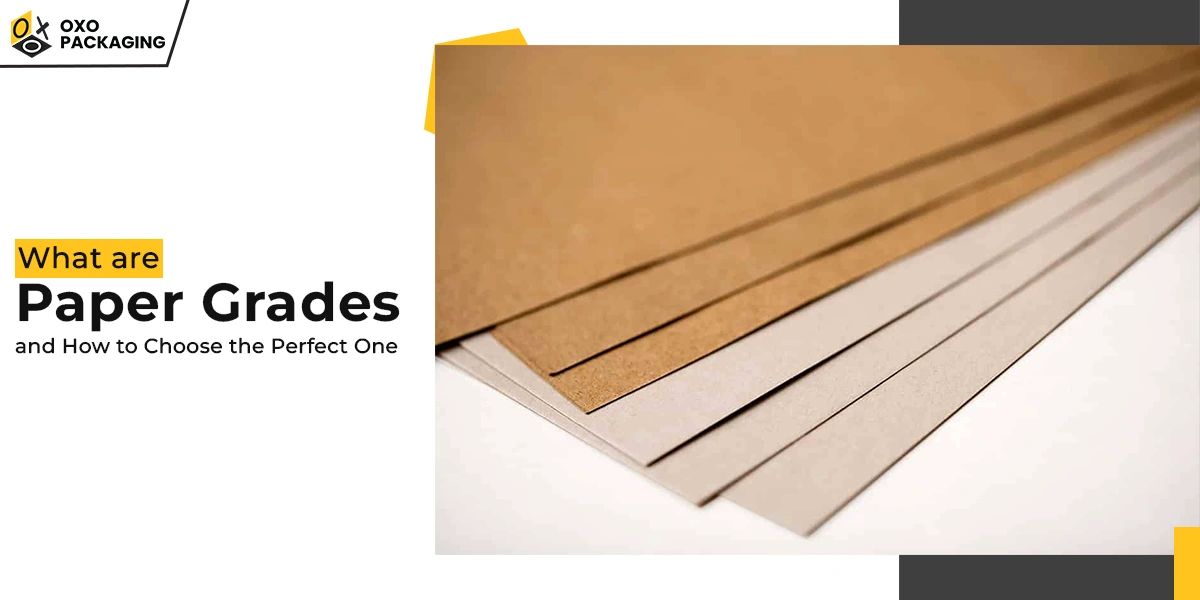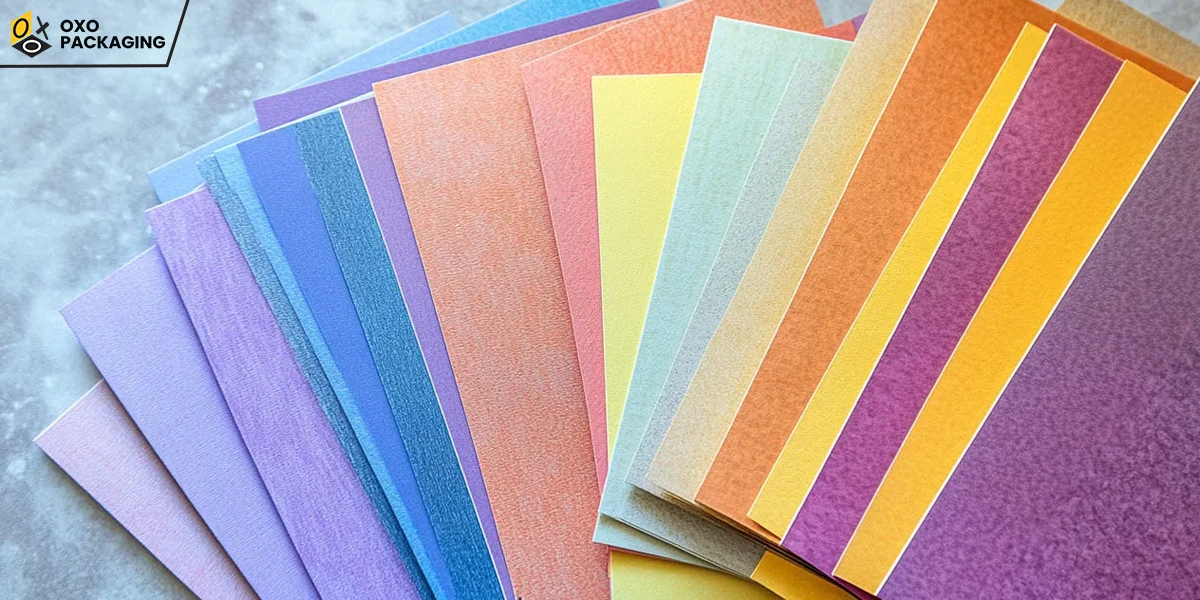What are Paper Grades and How to Choose the Perfect One?

Choosing the perfect paper type for your needs can be hard, but not when you know the paper grades and different classifications. Businesses need paper for every sort of marketing, and finding the best one depends on a lot of factors like budget, customer demand, latest trends, etc. From knowing what is matte paper to learning about different paper grades, this blog covers everything.
Lightweight Uncoated Paper LWU
When printing brochures, books, picture cards, and other advertising products, most brands choose lightweight uncoated paper. This paper type typically weighs 50-120 GSM, which makes it lighter. This paper is smooth as it is pressed through a calender. The more pigment you add to the paper, the smoother it gets.
Bond Paper
Bond paper is a type of paper that has around 60 GSM and was initially used to print bond certificates. This paper is now used to print letterhead and in printing presses because of the grammage and the lightweight it offers. You can find this paper in different GSMs such as 60, 75, and even 90. It is rigid and is also used for printing lease agreements and employment contracts.
Super Calendered Paper SC
An uncoated paper grade with high gloss is known as supercalendered paper. To attract customers and boost visibility, brands often choose this paper type for marketing. You can customize the paper in different ways to add a personal touch. This paper contains a large amount of mineral filler with the mechanical pulp. This paper gives a rustling sound when the pages are turned.
Lightweight Coated Paper LWC
The lightweight coated paper has around 60 GSM and is used for different purposes by brands. Most brands use it for publishing as it has an excellent printing surface. This paper type is available in different varieties and brands can pick the one they need the most. You can find this LWC paper in different opacities, grammages, and even brightness.
Wood Free Paper
While this paper has the name wood-free, it is important to note that it actually uses wood pulp, but in a lower quantity. This paper uses less than 10% of mechanical pulp. The wood free paper offers high brightness, but it also comes with a drawback. If you are choosing this paper, you must remember that it offers poor opacity.
Wood Coating Paper
Brands choose wood paper when they are looking to reduce their environmental impact. The reason is that it contains around 98 percent of the wood pulp. This paper is mostly used when printing newspapers and books. Wood paper offers good stiffness, but it also yellows quickly when exposed to sunlight.
Text Paper
Made from high-grade bleached wood pulp, this paper offers a white surface. Text paper has different varieties such as book paper, writing paper, ledger paper, and offset paper. This type of paper can easily be rolled and folded and is used to print flyers, books, and letters. Brands can choose the coated or uncoated text paper for their use.
Cover Paper
Cover paper is used for various purposes. This paper has the GSM ranging between 175-270. Brands often use it to print magazines, flyers, and even business cards and wedding invitations. You can also use this material to print the hang tabs, as it offers a rigid surface. The cover paper can have different colors for visual appeal and charm.
Bristol Paper
Bristol paper is usually used for art projects as it offers a thick GSM between 180-240. Brands also use this paper for printing out the business cards, as it has a rigid surface. This paper is used by pasting several sheets of paper together. The middle sheets are usually of lower quality, while the sheets on the surface are thick and rigid.
Major Paper Grades Classification
Now that you know some common types of paper grades, it’s important to know the different classifications to understand your needs better. Whether you need to know the difference between matte and glossy paper or the paper weight, you must know the following classifications:
Weight
There are different weights of paper, also known as GSM or in some parts of the world as lbs. Each type of paper has a different weight and thus is used for different purposes. Tissue paper is usually around 40 GSM and has very lightweight. Then comes the paper and paperboard. The paper is usually around 120 GSM, and paperboard is up to 200 GSM. Finally comes the board, which can go up to 250 GSM and has the best rigidity among all.
Color
Most brands often go for unbleached paper, which is brown in color, as it is a better option for the environment. However, there are other colors available as well. You can also get bleached paper, which gives a white or off-white color. Most brands use different colors that are obtained after dyeing or using pigmentation.
Usage
Once you know the weight of the paper grade, it is important to know which weight is best for which purpose. Low-grade papers are usually used to make tea bags, tissues, coffee filters, printing papers, newspapers, letterheads, and contracts. Business cards, flyers, and wedding invitations are generally made from paperboard material. Then comes the board material, and it is used to make sturdy boxes that can carry different products.
Appearance
Brands can choose between glossy, matte, aluminum coating, and no coating when picking out the paper for different purposes. Whether brands need glossy or matte finish depends on the use and the customer demand. The glossy paper gives a beautiful shine to the paper while the matte offers a subdued look.
Other Types of Paper Available in the Market

There are different types of paper with different grades that businesses use for all sorts of purposes. From getting business cards to using these papers for boxes, you can choose the perfect paper grade for your business. Let’s have a look at some of the types that brands use for their needs:
- Index Paper
- Kraft Paper
- Filter Paper
- Fiberboard
- Tag Paper
- Card Paper
Choose the Perfect Paper Grade for Your Needs!

Whether you need to print business cards or boxes for your products, you must know what the perfect GSM is to use. To ensure that your products are protected inside the boxes and that you get enough visibility and sales, you need to consult a professional.
OXO Packaging can provide you with excellent quality for the business cards, flyers, and product boxes. We offer free shipping and free design support to our valued customers in the US. Contact us today to get a free custom quote for your packaging needs.
Paper grades are different types of papers with various thicknesses used by businesses of all kinds. From making flyers to business cards, you can choose the perfect GSM.
When manufacturing business cards or flyers, your business should consider the 110 lb paper rather than the 65 lb. The reason is that the former is thicker and sturdier.
Printing lease agreements, official documents and even contracts need a good paper quality and thus you must go for the 24 lb thickness.
When you need to print on a thicker cardstock such as a 100lb one, you must know that choosing a laser printer will be a wise choice as it will offer a fine print.




